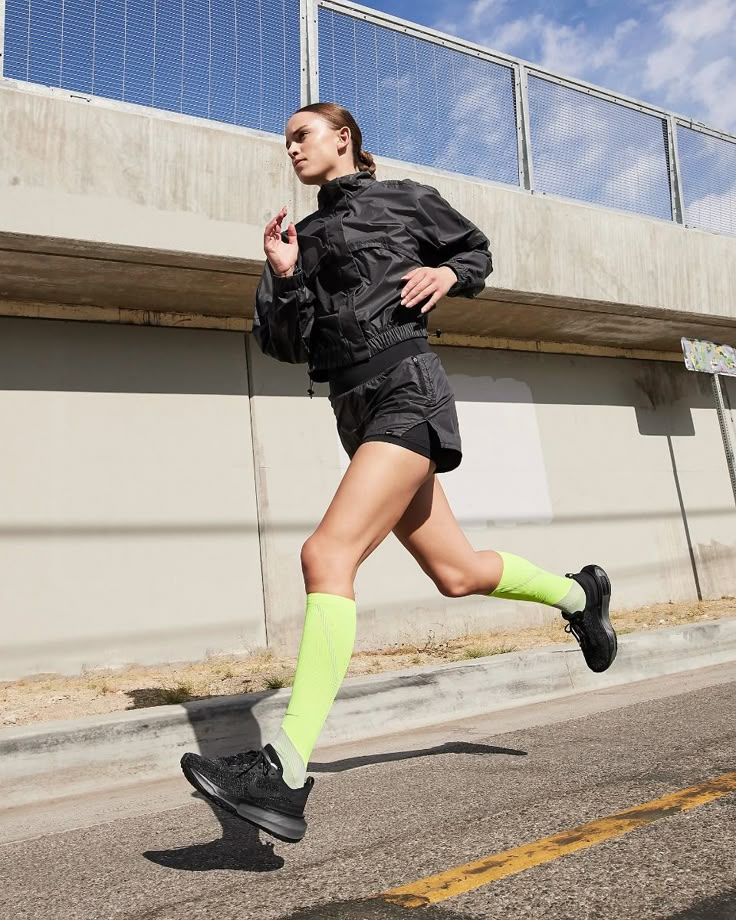Running is one of the most natural movements we do — yet improving your form can make a huge difference in speed, endurance, and injury prevention. Efficient running isn’t about changing everything overnight, but about small adjustments that let your body move more naturally and economically.
Posture: The Foundation of Efficiency
Keep it tall but relaxed. Imagine a string gently pulling you upward from the crown of your head.
Lean slightly forward from the ankles, not the waist. This uses gravity to help propel you forward.
Avoid slouching or over-arching. Poor posture wastes energy and puts stress on the lower back.
Why it matters: Studies show that upright, forward-leaning posture reduces braking forces and improves running economy.
Foot Strike and Cadence
Land under your center of mass. Overstriding (landing with your foot too far in front) increases impact and slows you down.
Midfoot or forefoot strike tends to be more efficient than heavy heel striking, though natural variation is normal.
Aim for a cadence of ~170–180 steps per minute. A quicker turnover shortens stride length and reduces ground contact time.
Why it matters: A shorter, quicker stride reduces impact forces and uses elastic energy from tendons more effectively.
Arm Swing
Keep elbows bent at ~90 degrees.
Swing forward and back, not across the body. Crossing arms wastes energy and twists the torso.
Relax shoulders and hands. Tension wastes energy — think of lightly holding an egg without cracking it.
Why it matters: Proper arm swing balances leg motion, maintains rhythm, and reduces unnecessary rotation.

Hip and Core Engagement
Drive from the hips. Strong hip extension powers each stride.
Engage the core. A stable core prevents excess rotation and keeps posture aligned.
Why it matters: Weak hips and core are leading causes of running inefficiency and injuries like IT band syndrome.
Breathing Technique
Use diaphragmatic breathing (belly breathing). Draw air deep into the lungs, not shallow chest breaths.
Coordinate with stride. Many runners follow a 2:2 rhythm (inhale for 2 steps, exhale for 2 steps) for steady pacing.
Why it matters: Efficient breathing delivers more oxygen to muscles and reduces side stitches.
Relaxation and Economy
Stay loose. Jaw clenched? Shoulders tense? These waste energy.
Run smooth, not forced. Think of “gliding” forward.
Why it matters: Research shows that relaxed runners conserve energy and sustain speed longer.
Drills to Improve Form
High knees: Improves stride frequency.
Butt kicks: Reinforces quick recovery of the leg.
Skipping drills: Builds rhythm and elasticity.
Strides (short accelerations): Reinforces efficient running mechanics.
Why it matters: Regular drills help ingrain good mechanics and strengthen the neuromuscular system.
Efficient running form is about maintaining a tall posture with a slight forward lean, taking quick and light steps under your body, and keeping a relaxed yet controlled arm swing. It also involves engaging your core and activating strong hips to support stability and power, while focusing on steady, deep breathing to sustain rhythm and endurance.

Share:
Training Techniques: How to Train Smarter and Perform Better?
Mental Performance: Training the Mind to Run Stronger